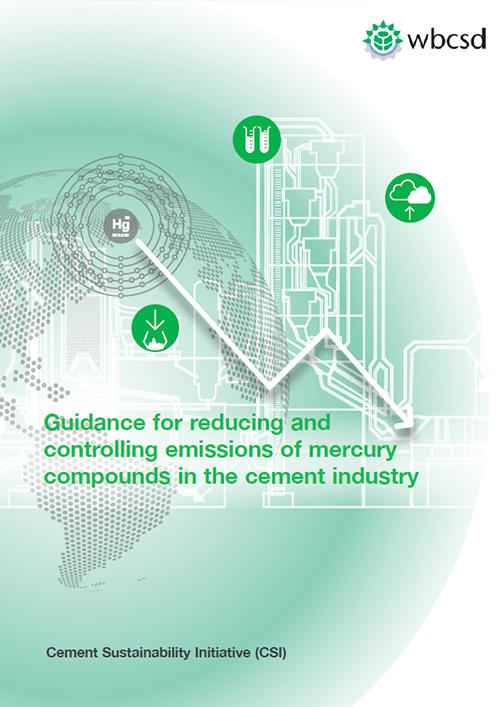
The objective of this document is to provide guidance in measuring and controlling mercury emissions from cement manufacturing.
Mercury is a toxic pollutant. It is reported (Munthe, 2010) that the cement industry could contribute approximately 10% of all anthropogenic mercury emissions. However, emissions are highly variable depending on the fuels and raw materials used to make cement. The industry has considerable experience in preventing and minimizing inputs of mercury to and controlling releases from kilns. This Guidance is designed to help operators quantify emissions and track and control them efficiently and effectively.
The information was compiled from available literature, actual experiences and industry knowledge. This document complements other information, including the best available techniques and guidance on the best environmental practices (BATBEP) methods for adoption developed by the United Nations expert group under the Minamata Protocol. This guidance is specifically intended to assist cement plant operators in implementing techniques that can effectively reduce mercury emissions to the air. The cement plant operator should be cognizant that their plant could also be releasing mercury to the environment through mercury contained in disposed waste, including electrical and electronic equipment, batteries, laboratory waste, or residual waste from calibration materials or equipment, and should take appropriate action to properly dispose of and minimize these sources of solid waste.

